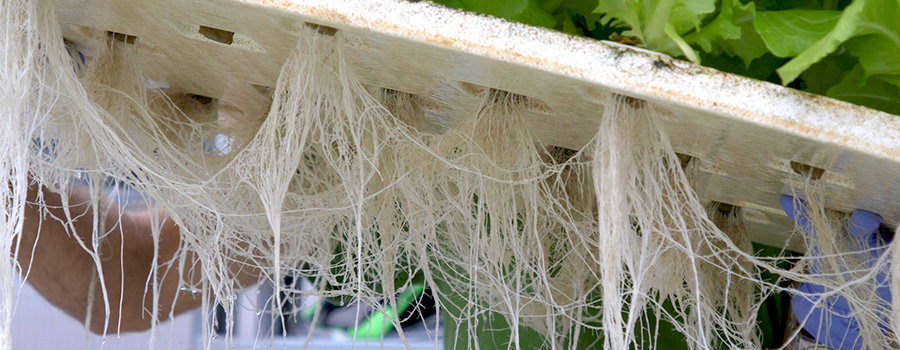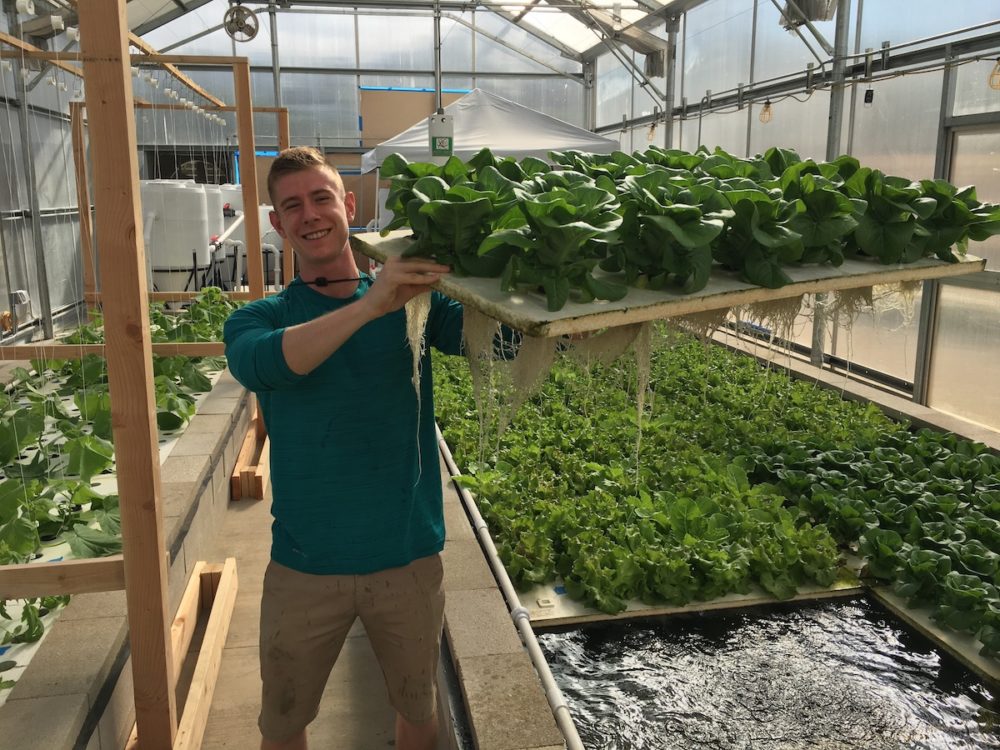Community Health – Fishing for Change
Fishing for change
We all have a general idea of how to go about assessing our wellbeing as individuals – but how does one define or measure the wellbeing of a community? One way to form a picture is by looking at variables such as income, employment rates, crime rates, and even school dropout rates – however, all of this numerical data, though useful, falls short of painting a complete picture. To get a more accurate reading of the community’s prosperity or lack thereof, we must also examine the community’s health – physical, mental, social, and economic. It’s not until recently that communities, cities, and organizations have begun focusing on the importance of nutrition, access to clean water, and access to healthy food as a keystone component to community wellbeing. Are communities more resilient when they are healthy, nourished, and fed? All signs point to yes.
What is a Food Desert?
“Access to food is clearly one of the major social determinants that impact the risk of chronic disease and risk of obesity for low-income and racial/ethnic minority communities,” says Lisa Goldman Rosas, a health researcher at Stanford University during an interview with The Guardian. Countless community organizations throughout the United States have stepped up to curb the health and sociological effects of food deserts – areas empty of affordable, good-quality fresh food. Solving this problem should be as easy as Oprah giving every audience member a bunch of kale and a handful of plump cherry tomatoes; “Everyone gets a tomato!” In reality, bringing healthy food to all people is a multi-pronged challenge entailing infrastructure resistance as well as economic and social difficulties. We’re ready to take it on!

“We can walk away after the learning is complete…”
We at ECOLIFE had the opportunity to sit down with Elizabeth Thompson, a nutritionist at American Specialty Health, to speak about the importance and impact of increasing access to healthy food. We frequently revisited the idea of “teaching someone to fish and they will eat for a lifetime.” Through means of education and equipping communities with the necessary tools to sustainably implement food growing practices, growth in food deserts is possible. Merely distributing nutritious food solves acute problems but fails to address the long term strength and health of a population. Additionally, she highlights that the farther a piece of food travels from farm to plate, the lower its nutritional contents. Eating food produced locally has a smaller carbon footprint and higher nutritional value, which is a critical component in addressing food justice throughout a city. “As volunteers and donors, we can walk away after the learning is complete and allow the community to take care of themselves,” Thompson writes. It is our goal at ECOLIFE to make sure that communities dealing with food insecurity across San Diego and Southern California have the resources to “eat for a lifetime.”

So, how can we help?
We believe we don’t need to choose between sacrificing the wellbeing of human beings and the future of the planet’s wildlife. ECOLIFE’s work builds more stable, resilient systems by giving communities long-term solutions that provide for the people while relieving the environment from resource consumption. We focus on community needs so that they don’t have to resort to damaging the environment in times of hardship.
Taking Action
By focusing on lesser privileged populations in San Diego, we will continue to build aquaponics programs for schools, communities, and centers of gathering to provide nutritious food to all. Targeting food insecurity as a keystone component of a community’s well being will allow for other aspects of strength to be addressed, such as lower health costs, lower obesity rates, and overall happier and healthier lives.
